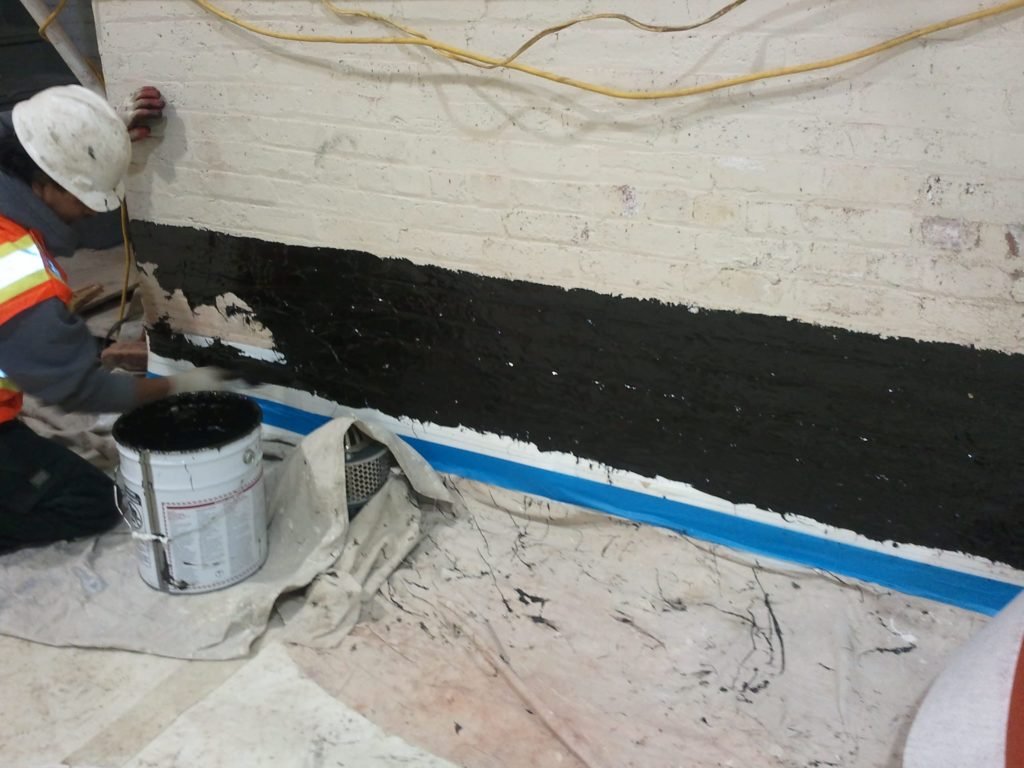An Homeowner Guide for Moisture-Proofing Success
Waterproofing is a crucial aspect of home maintenance that commonly gets neglected. Many property owners fail to realize the importance of keeping their houses safe from moisture damage, which can lead to expensive repairs and long-term physical issues. Grasping why waterproofing is essential for all home and structure is the initial step towards securing a safe and dry environment for your family. With the potential to save thousands in repairs, the benefits of waterproofing greatly surpass the initial cost.
In this definitive guide to waterproofing, we will explore everything you need to know about safeguarding your home from water damage. Whether you're dealing with a watery basement, a vulnerable roof, or damp-prone areas like bathrooms and kitchens, our list will provide you with the knowledge you need to take action. From debunking popular waterproofing myths to recognizing the signs that your home needs fixing, we have you taken care of. Let's dive into the essential strategies for waterproofing effectiveness and make your home a fortress against moisture.
Comprehending the Importance of Water Resistance
Water resistance is an critical aspect of home and construction maintenance that often goes disregarded. Without adequate waterproofing, a property is vulnerable to liquid damage, which can lead to structural complications, mold growth, and costly repairs. By implementing waterproofing methods, property owners can defend their assets and improve the overall sturdiness of their structures.
One of the key reasons waterproofing is vital is the avoiding of water intrusion. Whether it's through the base, roof, or partitions, liquid can seep into a building, causing damage that may not be evident right away. By fixing these potential access areas, caretakers can prevent major financial burdens related to repairs and renovations in the coming time. Not only does waterproofing protect against existing dangers, but it also serves as a preventative measure against upcoming threats.
Moreover, effective waterproofing enhances to energy efficiency in properties. When humidity is regulated, the chance of energy loss due to humidity is reduced, resulting in reduced heating and cooling costs. Investing in waterproofing not only shields your property but also offers financial benefits through possible reductions, making it an essential consideration for any building manager.
Crucial Waterproofing Techniques and Solutions
Successful waterproofing begins with a detailed assessment of your property to spot vulnerable areas. For cellars, applying waterproof paints and membranes on surfaces and floors can halt moisture infiltration. Interior methods such as drainage systems and sump pumps assist manage water infiltration by channeling it away from key areas. Additionally, ensuring that gutters and downspouts are functioning well can reduce water accumulation near your foundation.

When addressing with roofs, choosing the right waterproofing materials is important. Liquid waterproofing membranes are popular for flat roofs, as they provide a uninterrupted barrier against leaks. For inclined roofs, selecting quality waterproofing coatings can safeguard against harsh weather and extend the lifespan of roofing materials. Regular maintenance is critical, including reviewing for cracks and ensuring seals around vents and chimneys are secure.
Ultimately, waterproofing outdoor structures such as decks and patios requires particular techniques to improve durability. Utilizing sealants designed for exterior surfaces can prevent water damage and improve durability. For balconies and terraces, proper drainage systems are essential to stop water pooling and following structural issues. By using these techniques, homeowners can ensure comprehensive protection from water-related problems.
Creating Well-informed Choices: DIY vs. Professional Waterproofing
As you are choosing between DIY and expert waterproofing, it is important to assess your capabilities, the complexity of the project, and the possible risks entailed. DIY waterproofing can be inviting due to the lower costs and the sense of achievement of completing a home improvement project. However, many homeowners underestimate the technicalities required in properly waterproofing areas like basements or roofing. Mistakes committed during a DIY project can lead to larger issues down the line, which could costing higher in repairs than if a qualified expert had been hired from the start.
Alternatively, hiring a skilled waterproofing contractor ensures that the job is completed properly and efficiently. dry basement provide specialized knowledge, specialized tools, and access to high-quality materials that the average homeowner may not have. In addition, they can detect latent issues that may not be immediately apparent to an inexperienced eye. This level of attention to detail can save homeowners time and money over the long term by preventing problems such as mildew growth, structural damage, and potential health hazards from leakage.
Ultimately, the decision between DIY and professional waterproofing should hinge on your comfort with home improvement projects, the particular requirements of the waterproofing task at hand, and your financial limits. If the project is clear-cut and you have the necessary skills, DIY may be the best option. However, for trickier challenges or if you are in doubt, investing in expert services is often the wiser choice, providing assurance and long-lasting results.